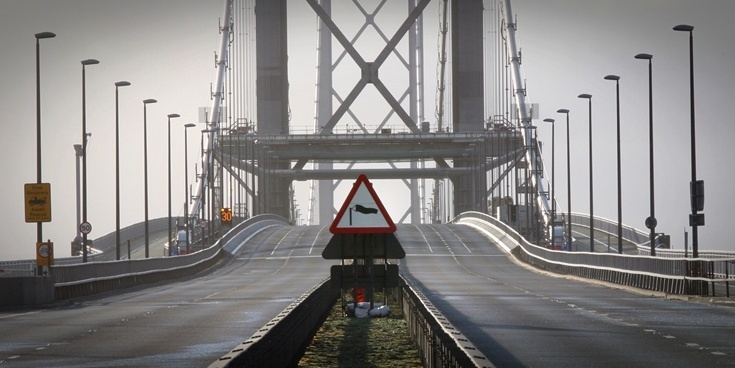While the previous winter will be remembered for snow and ice, this year’s will undoubtedly be noted for the winds that have blasted much of Scotland.
Three significant storms in the past month have made transport disruption almost routine as people living and working in Tayside and Fife battle the elements.
So what exactly is causing the unusual frequency of these stormy conditions?
According to weather experts the conditions that we have been experiencing in the past month are actually fairly normal.
Recent years, where we have enjoyed largely consistent winter weather, have been quite unusual with weather patterns remaining relatively unchanged throughout the colder months.
So-called ”blocking” anticyclones parked themselves over the UK last winter, feeding in bitter winds from Siberia and Scandinavia that resulted in one of the severest winters for a generation.
This year has been quite different, with recent weather, including the storms, being directed by events in the west, and the Atlantic Ocean specifically.
A Met Office spokesman said: ”Our weather has been quite unsettled recently, but this is certainly not unusual for a typical winter. If anything, the relatively settled winters in recent years have been unusual and we are just seeing a return to more typical conditions.
”This year our weather has been much more ‘mobile’ with the jet stream steering low pressure systems east across the Atlantic and across the UK.”
On December 8 the first of ”The Big Three” Scotland was subjected to one of the most powerful storms in living memory with gusts of 165mph recorded at the summit of Cairngorm. The cause of this was what forecasters described as an ”explosive deepening”, caused by a dramatic drop in atmospheric pressure.
The Met Office criteria for an explosive deepening is when atmospheric pressure drops by 24 millibars or more in 24 hours. On December 8 air pressure dropped by 44mb.
Weather forecasters have declared this winter to be far stormier than recent ones, with two deep Atlantic depressions or deep storms last month and one on January 3.
As well as the winds that hit Scotland at the beginning of December, gale force conditions affected Shetland and northern Scotland on Christmas Day and Boxing Day.
Weather forecaster Nick Prebble said: ”This December was quite unusual for westerly flow. The fact that there have been the most westerly winds since 1974 doesn’t necessarily mean it’s been the stormiest December since 1974 but the two things do go hand in hand because our storms usually originate in the west.”
Despite the gales, last month was also the warmest December for five years. Scotland experienced exceptionally wet weather as well, receiving twice the average rainfall.
